

- Call 908 543 4390
- Email
- Dr.Joni Redlich PT,DPT



Sleep, glorious, sleep!
With the back to school routines getting back in gear, many families are having to adjust their children’s sleep schedules.
Sleep is so important to development and learning. We wanted to share some great resources to help you figure out how much sleep your children needs, how to solves common sleep problems, and since as moms we often put ourselves last, some advice for sleeping during and after pregnancy. We need to remember that self care is so important too!
During pregnancy our sleep needs often change as baby grows. Towards the end its like our bodies are preparing us forthe lack of sleep after baby is born. Here are some tips for you and for Daddy too!
This sleep guide is all about how much sleep our children should be getting and how to solve common sleep challenges. Some parents find that essential oils, such as lavender, can be calming and help their children sleep. Melatonin and CBD oil are supplements that some parents find helpful too.

With screen time being a constant in so many of our lives, its important for us to all learn how it can impact sleep for both parents and children. Learn more about how technology affects sleep
We know sleep can be a huge challenge for many children with disabilities. This is an excellent guide to understanding why this is so common for children with autism. Learn more about sensory strategies to help sleep come more naturally for children who struggle with self- regulation.
Children with neuromotor disabilities, such as cerebral palsy, often struggle with sleep as well. Positioning systems, such as this one, can be helpful to sustain comfortable and safe sleep positions throughout the night.
When sleep troubles arise, don’t just try to push through. There are many resources that can help!

Thank you to everyone who participated in our Balance Awareness Week 2018 Challenge! 
If you haven’t tried it, can you stand on one foot and say or spell FLAMINGO???
We still have some flamingo prizes left for anyone who shares a photo or video of you or your family doing the challenge!
The Vestibular Disorders Association started Balance Awareness Week to bring awareness to the many vestibular disorders that affect balance.
Vestibu-WHAT, you might say?!
We all learn about the 5 senses as children, but there are 2 biggies that are left out.
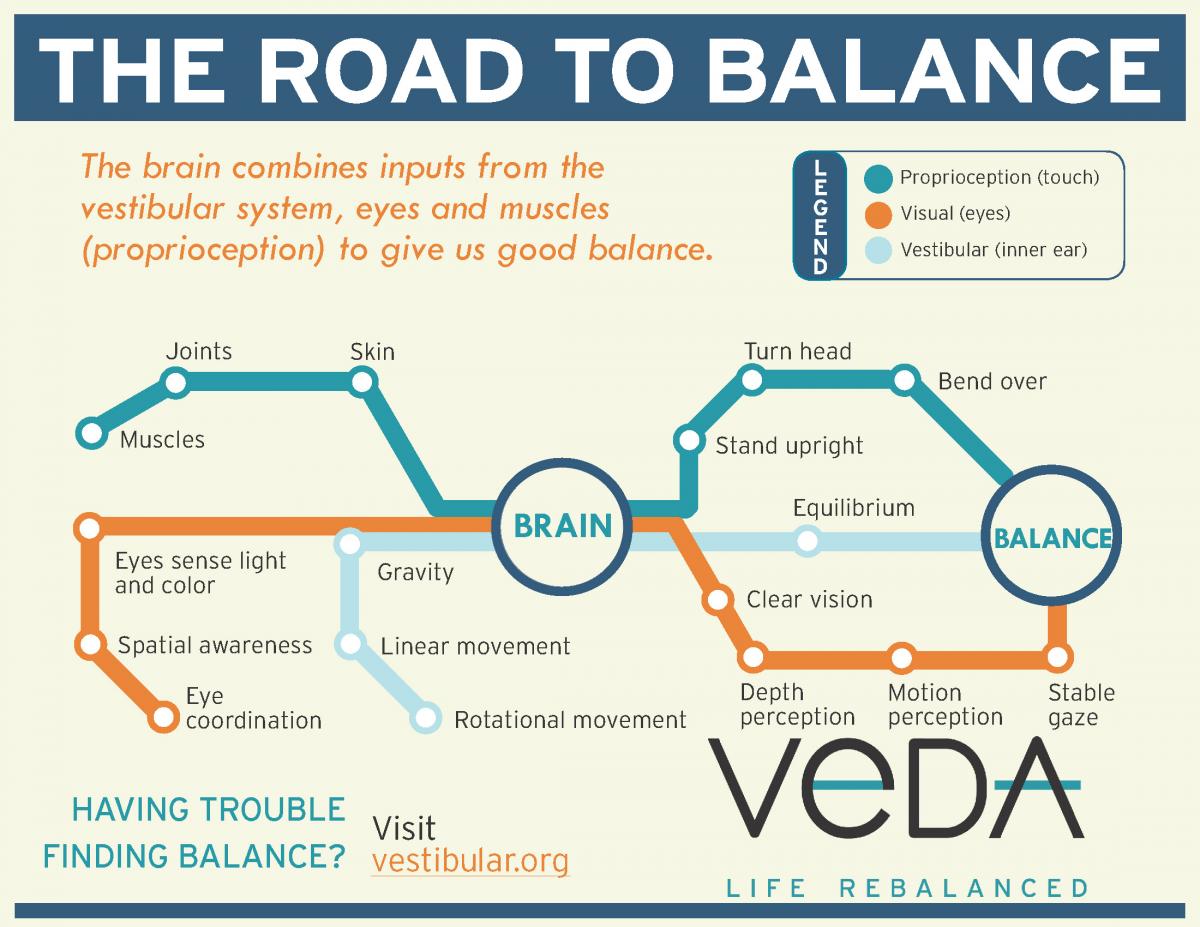
These are the VESTIBULAR and the PROPRIOCEPTIVE systems.
Along with vision, the VESTIBULAR information in our inner ears and the PROPRIOCEPTIVE system in our muscles and joints, work together to give us our sense of balance.
BUT that is not all…
The VESTIBULAR system also impacts soooo many other areas of our lives, such as
They say you don’t get it, till you get it. And when it comes to vestibular dysfunction, this is SO true. It impacts so many things!
We want to give a special shout out to our Balance Challengers this week! Here are a few of them rocking it!!!
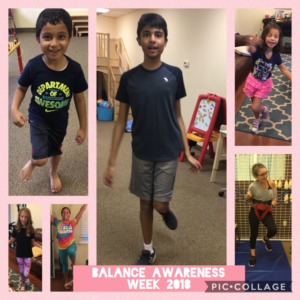
 Ready or not, the new school year is here! My two kids have responded very differently: one is super excited and can’t wait to see what 1st grade will bring and my other daughter has been nervous about her new school and thinks everything is “boring.” Each school year brings both excitement and nerves and as parents we can acknowledge their worries and bring calm and focus to the challenges and joys ahead. Here are some tips that can help you get started on the right foot! Whether your child is challenged with their attention, focus, worries or motor skills, I hope you will find a little nugget here to help.
Ready or not, the new school year is here! My two kids have responded very differently: one is super excited and can’t wait to see what 1st grade will bring and my other daughter has been nervous about her new school and thinks everything is “boring.” Each school year brings both excitement and nerves and as parents we can acknowledge their worries and bring calm and focus to the challenges and joys ahead. Here are some tips that can help you get started on the right foot! Whether your child is challenged with their attention, focus, worries or motor skills, I hope you will find a little nugget here to help.
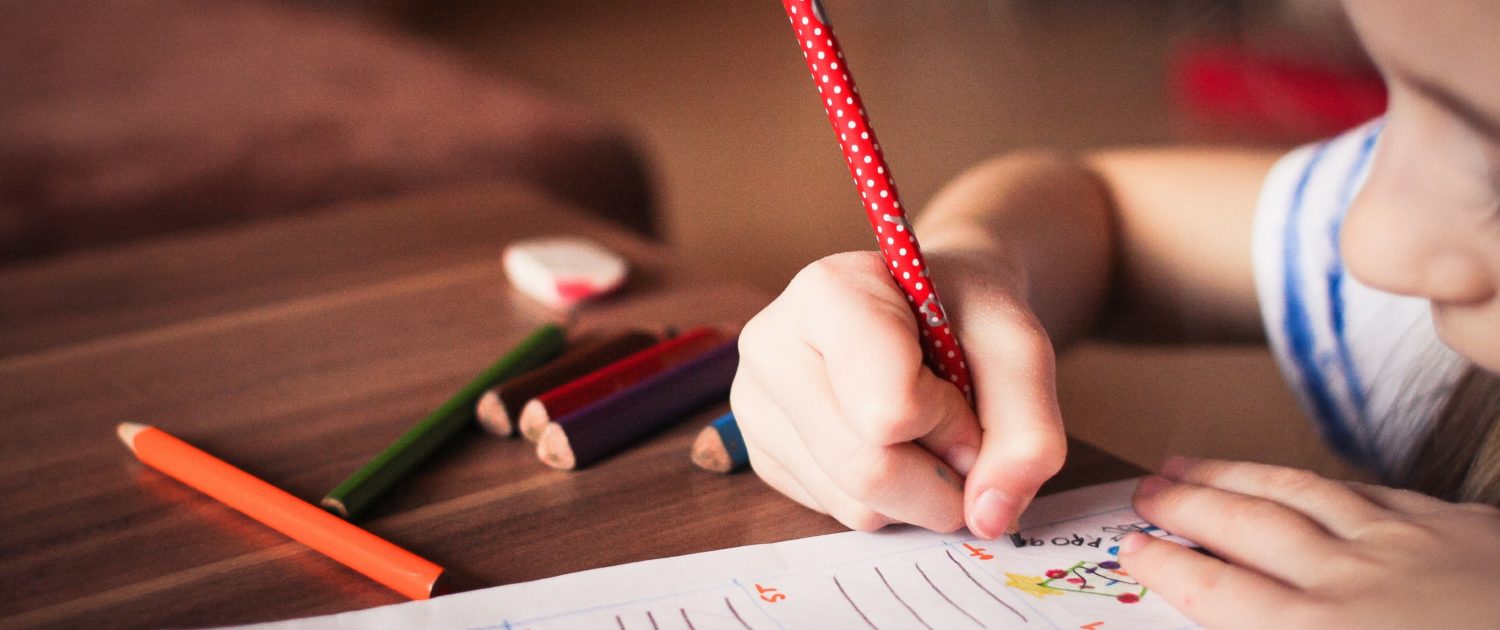
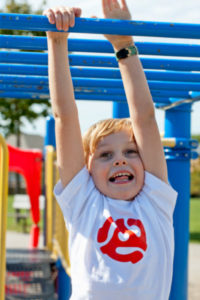
While academics are important, the path to academic success includes a strong foundation, including an active core, good body awareness and well-developed visual skills (not just eyesight!).
Remember that monkey bars can be better for handwriting development than just practicing to write!
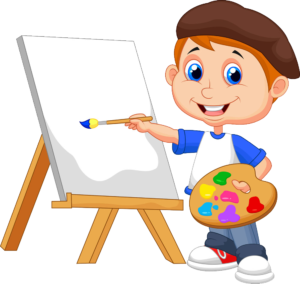
Easels, window markers, and wipe off boards on the wall are great tools for children developing their handwriting. Using a vertical surface lines up the eyes, back, shoulder and wrist for writing.
You can even tape a large piece of easel paper to the wall for drawing or painting.
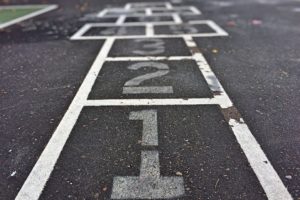
Play math facts with chalk numbers on the driveway, jump to the sight word written on an index card or throw to a letter target on a post-it note. The options are endless!
 4. Morning Exercise
4. Morning ExerciseWe know exercise is good for our bodies, but did you know how good it is for your mind? There has been as ton of research showing exercise helps memory and learning. Can you walk with your child to school in the morning or get up 15 minutes early to have a dance party before the bus comes?
![]()
![]()
Deep pressure or heavy work by pushing or pulling is a great tool for a wiggly body or a nervous child. This type of compression into the joints of the body is grounding and calming. A few easy ways to do this is the push the hands together for a count of 10, sitting in a chair place your hands next to your legs and push down for a count of 10, or do 10 wall push-ups.
For more guidance and individual help, reach out to us any time. You’ll learn more about WHY your child is having difficulty and HOW to help them move forwards to discover success, confidence and independence!
